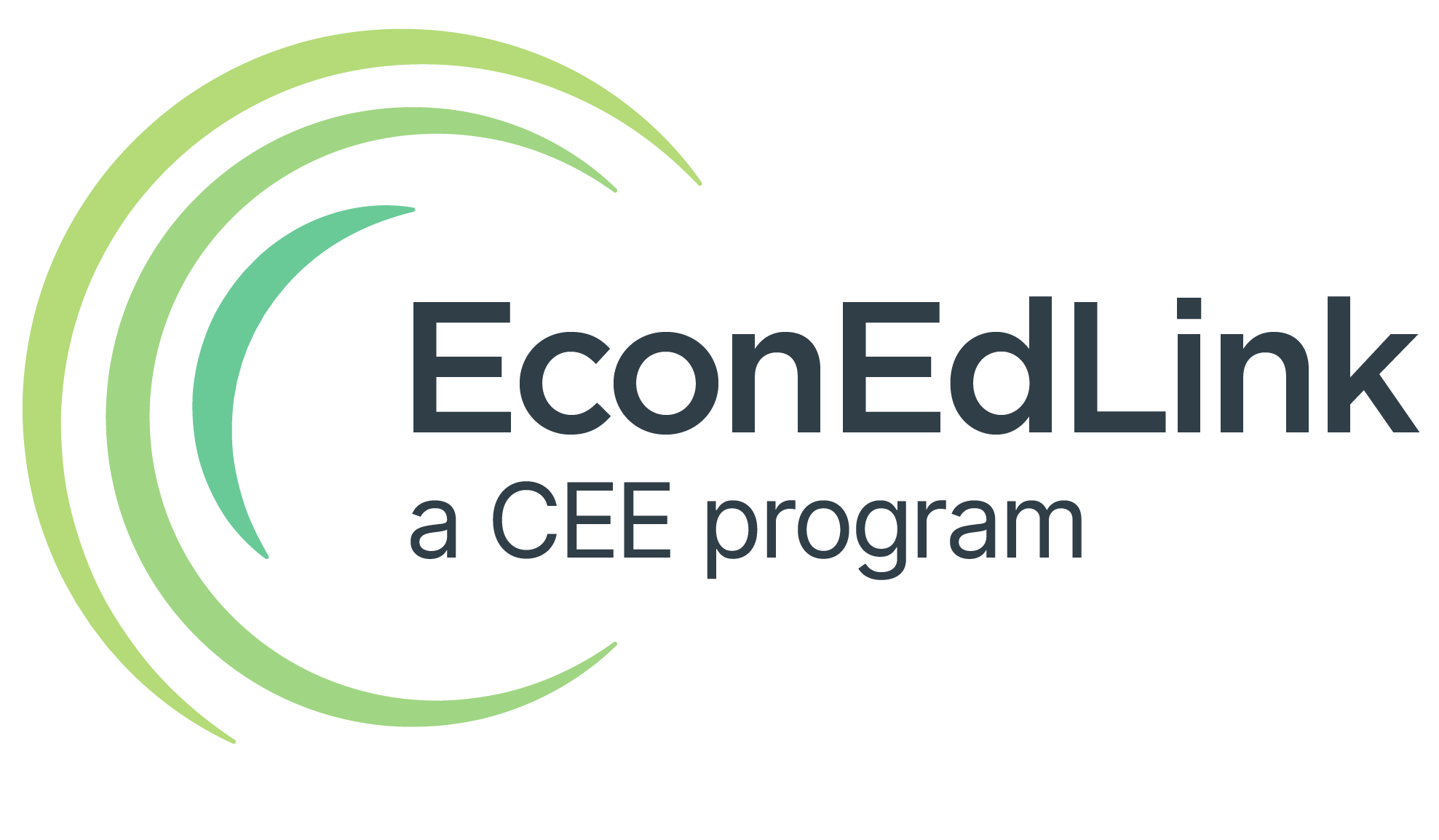
Grades 9-12

Don't have an account yet? Sign up for free
Don't have an account yet? Sign up for free

Think about a difficult decision you have had to make. After you decided did it work out? Why or why not? Why do you think decisions and choices are hard to make? We make personal decisions and we make decisions as groups. There is a tool you can use to improve your decision making that will help you reach a better outcome.
Ask the students to think about a difficult decision they have had to make. Ask the students the decisions they settled on turned out to be satisfactory. Why or why not? Why do you think decisions and choices are hard to make? Tell the students that we make personal decisions and we make decisions as groups.
 Tell the students that children make many decisions every day. How to use an hour of "free" time after school – for homework, play with friends or watch television. Most students have practiced listing alternatives because they are frequently asked, "what are your choices?" Most have never heard of or used criteria in their decision making process. Criteria will help to clarify what factors are important (priorities) – which are most important to you. When criteria are added to the process, they can contribute toward making a better or more informed decision. Tell the students that when they learn the P.A.C.E.D model, they can develop skills in stating the problem (narrowing the scope), they are choosing to solve, explore alternatives, decide what is important to them (criteria) and establishing a format for using criteria to evaluate each alternative.
Tell the students that children make many decisions every day. How to use an hour of "free" time after school – for homework, play with friends or watch television. Most students have practiced listing alternatives because they are frequently asked, "what are your choices?" Most have never heard of or used criteria in their decision making process. Criteria will help to clarify what factors are important (priorities) – which are most important to you. When criteria are added to the process, they can contribute toward making a better or more informed decision. Tell the students that when they learn the P.A.C.E.D model, they can develop skills in stating the problem (narrowing the scope), they are choosing to solve, explore alternatives, decide what is important to them (criteria) and establishing a format for using criteria to evaluate each alternative.
[Note to teacher: The P.A.C.E.D. Model is a process that provides a structure for decision making the steps are as follows: 1.Define the Problem, 2.List the Alternatives, 3. Identify your criteria, 4.Evaluate the alternatives using the criteria, and 5. Make a decision
Tell the students that the result is often unclear and they may wish to review: Is the problem stated narrow enough to enable them to work towards a solution? Are there any additional alternatives that might be missing? Ask the students if the most important criteria they have stated perhaps be "weighted" in importance with some being twice as important?]
[Note to teacher: Be sure and modify any of the activities to fit your special situation. You may modify the group learning activity by changing the items on the list to be of special interest to your students, perhaps adding a loft, bean bag chairs, games, special books or sports equipment.]
In order to teach this lesson, you want to emphasize the following points – below is a brief review to use in helping to prepare for your class.
Unlimited Wants:
Limited Resources:
If we had unlimited dollars, could all of us purchase everything we wanted?
Opportunity Cost:
 Every resource has an alternative use. An opportunity cost is the next best alternative that is given up when a choice is made. Example if you have an hour after school, you might be able to a)
Every resource has an alternative use. An opportunity cost is the next best alternative that is given up when a choice is made. Example if you have an hour after school, you might be able to a) play a game, b) play with friends, c) do homework or d) read a book. Suppose you rank your choices from highest use to lowest: read a book, play with friends, play a game, do homework. Your first choice would be then to spend the hour reading a book. Your opportunity cost is not all the choices given up, but the next best alternative – in this case it would be playing with friends. Playing with friends would be your opportunity cost.
play a game, b) play with friends, c) do homework or d) read a book. Suppose you rank your choices from highest use to lowest: read a book, play with friends, play a game, do homework. Your first choice would be then to spend the hour reading a book. Your opportunity cost is not all the choices given up, but the next best alternative – in this case it would be playing with friends. Playing with friends would be your opportunity cost.
P.A.C.E.D. Model:
When the students have completed the process:
Learn the P.A.C.E.D. model and then divide into groups of twos or threes. When you have finished reading, answer the bottom questions and share the results with the group. Did everyone make the same choices? How may of each item were chosen? Explain your choices to the group.
Complete the model on your own and make a decision about a "gift certificate."
This is a quick matching exercise to let you determine whether you can place the steps in the correct order.
Mission Possible Activity:
Split into small groups and complete the "Mission Possible" handout. On the list are items you might desire for your classroom. Four "wild" spaces are provided so that you may add other items. Before you can add other items, you must investigate the approximate yearly cost of the item and check with the teacher to identify it as a) allowed in school, b) not dangerous, c) priced accurately. Before you begin, state your problem and identify the criteria using the choice handout.
Tell the students that most of them have practiced thinking of "alternatives" to the choices they are making, but the decision making process is generally based on their limited experience or impulse. Explain that the addition of criteria will help them think through the important limitations as well as what really is important. Tell the students that they might want to pose several questions or problems so that their skills can be practiced. Of course, the first time or two will take the most time, but soon it will become a familiar tool. Tell the students that they may differ from one another in the criteria they use. Criteria may not be the same even when they are working through the same problem.

Grades 9-12

Grades 9-12

Grades 9-12

Grades 9-12
